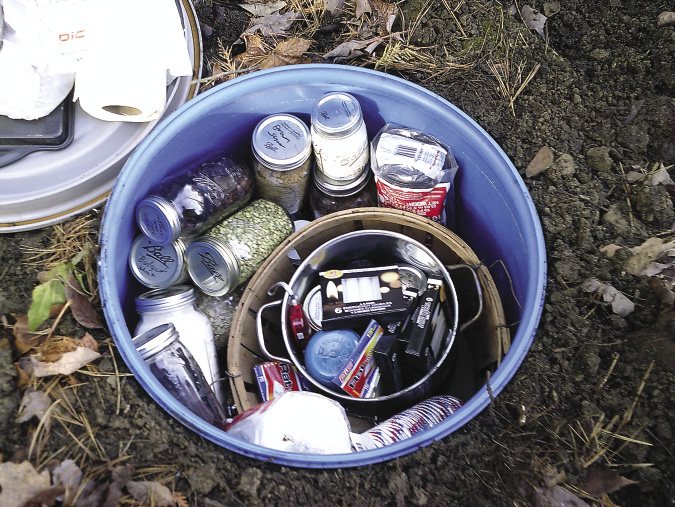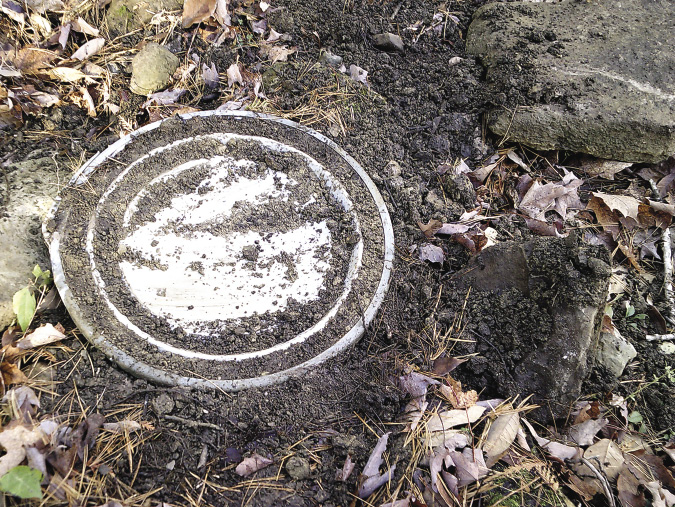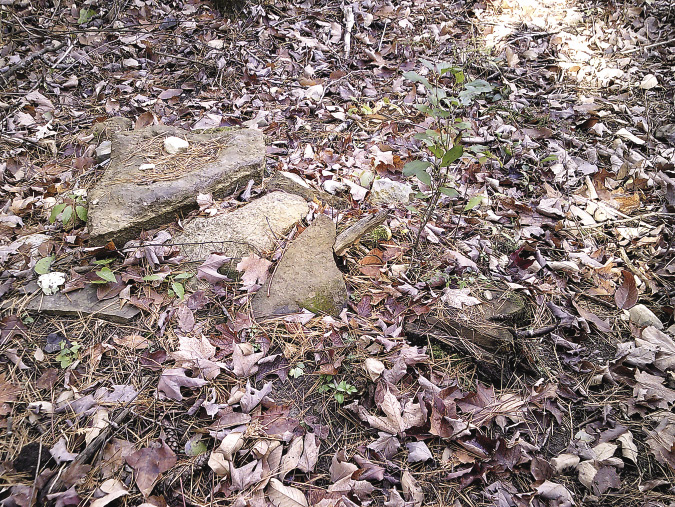By Setanta O’Ceillaigh
After two very productive gardens and two winters of dehydrating food, I found I had a substantial amount of dried goods in sealed jars. While I was filling my cabin with more jars than I could keep track of, I pondered the possibility of future crop failures — not just of my own garden but regional failures which were common historically. Before the advent of canning in the early 1800s it was not practical to store fruit and vegetables for long periods of time, as mold and insects would eventually spoil even the best laid provisions. Grain was about the only food that could be stored for years reliably. Today we have the luxury of a global market able to move food anywhere in a short time, commercial refrigeration, and, of course, canning jars.
While I have no doubt that a regional crop failure would be addressed by shipping goods in from other parts of the country, I would be assuming I would have the money to buy those goods in such a bad year. If my gardens failed and I could not afford to buy anything, I would be depending on what I canned the previous year. If what I canned was to be lost in any way I would be in a bad situation. Since I had such a large supply of dehydrated food in sealed mason jars, I decided to establish a supply in a barrel cache near a small shack on my property.

I selected a 55-gallon plastic drum with a removable locking top. I chose an out of the way spot and dug down four feet with a hole big enough to set the barrel down into with the top just below the ground level. Into this barrel I placed a mixed food supply consisting of dehydrated fruit and vegetables, grain, beans, sugar, powdered milk, baking powder, salt, and spices, all in individually sealed containers. I also included a mess kit and stock pot for cooking and boiling water and a bucket with an old coat, wool blanket, and a set of old clothes. I stuffed a hand saw, axe head, knife, wire, multi tool, water filter, candles, rat traps, tarp, and a rope in between the jars as well.
After filling the barrel with supplies, I tossed in a five pound bag of clay cat litter to absorb moisture and humidity. I used latex caulk to coat the rim of the barrel (in addition to the gasket already on the lid) and latched it closed with a metal ring. The sides were filled in around the barrel and wide flat stones were placed over the top. Sand and dirt was shoveled over the stones to fill in between them, then leaves and compost tossed over them. After covering the barrel it would not be easily noticed.
This stash was meant to be sealed and forgotten except in case of dire need, and would provide emergency food and supplies, a means to cut fuel for cooking, a change of clothes, and the ability to boil water (with the assumption that water could be stored in empty food containers after boiling). If I was ever so desperate to dig this cache up, I would have enough to rely on for a month or two.


The real test of the cache came when I dug it up a little over a year later. In the time since sealing the barrel, I had built a cabin, barn, and other outbuildings on the property, but had left the barrel untouched. With winter approaching, I decided to open it to see how reliable the cache was, and to repurpose the barrel as a mini root cellar. If the barrel was full of water and spoiled supplies, I would discontinue this idea; if everything was good, I would duplicate the cache in other locations.
I was prepared for water and spoilage when I removed the stones and unsealed the lid, but to my pleasant surprise everything was dry and immaculate. Not a drop of water had gotten into the barrel, nor mouse or insect. I was looking at a barrel of supplies as fresh as the day I sealed the lid nearly a year and a half earlier. The cache experiment was a complete success.

Search craigslist for pickle barrels. These make good cache storage. 2 piece gasketed lids, 60 gallon, food grade. About $25./ea.
We have several as rain water catchment, food storage i.e. 1 barrel holds 350 lbs of rice, which we gas with C02. As a cache for the wifey and I we have stashed (in the pickle barrel) 2 – 5 gal buckets as a water filter with survival supplies inside them. Another 5 gal bucket with a lugable loo lid on it (never used). Personal hygiene supplies in it. 2 backpacks ea with change of clothes, etc. A pr of boots w/4 pr of sox ea.. rain and cold weather gear, means of cooking, knives, axe, saw & spare blades. Tarps, tent, rope, cord, maps, sleeping bags, wool blankets and more! A wallet size O2 absorber in the bottom and top (the type for gun safes)These barrels hold alot! I’ve refrained from listing every single item!
This is a survival site and everyone has their lists on that I’m sure! Lots of good info on here, so absorb and get some good advice. #7
Debbie, sorry for not answering sooner. I did not do any kind of canning process, just put the dry contents in the jar and closed the lid tight. in the winter the humidity in my cabin gets below 16% (or at least thats the lowest my meter can determine), so I put dry stuff in dry jars with dry air and wipe the rim with my finger, the gasket is the only thing sealing the jar, no canning at all (like reusing any jar that stuff from the store came in).
Paul, I have no idea to tell the truth. I know you can get them new but they are not cheap. the ones I have I got years ago from a local greenhouse/tree nursry. I just happened to see one sitting by a pile of pallets in back and asked about it, they told me they had 8 of them and offered them to me for $20 each. I paid and had a friend with a truck come get them (they called me 2 weeks later having found another and I used my bike trailer to haul the 9th home). I asked where they got them and they told me they got them used from someplace I dont remember (they were going to add spouts and sell them as rain barrels). I have looked for more for years but have only found 1 more like them in a yard sale, I’m too frugal to buy them online.
What was the barrel used for originally? I see barrels for sale often. But they are always one piece. None have a removable lid. Where can I find a barrel like this? Thanks.
Great article ! Well written and informative. i look forward to taking this advice and doing the same.
I think this is a great idea with the changing of the weather we never know what we will need or when. I try to always try to be prepared of any emergency. This one is great. Thank you very much.
dumb queston.. i see you have your flour and baking powder n cannng jars.. dd you have to pressure can those or water bath or jusy use oxygen absorbers?
rix,
we don’t really get earthquakes up here on the canadian boarder, the only severe hazards are the winters, i remember being without power for 3 weeks back in 98. winter gets down to -40f and its not unheard of to have 3 feet of snow, i recall a few haloweens when we had a foot of it and this past year the last snowfall was may 9th, i suppose if quakes are an issue where you are then some kind of padding would be in order, good point.
Good idea. Nice write up. It should be also set for severe earthquake. That will get the glass if not prepared. Dont let that catch you by surprise. Excellent post.